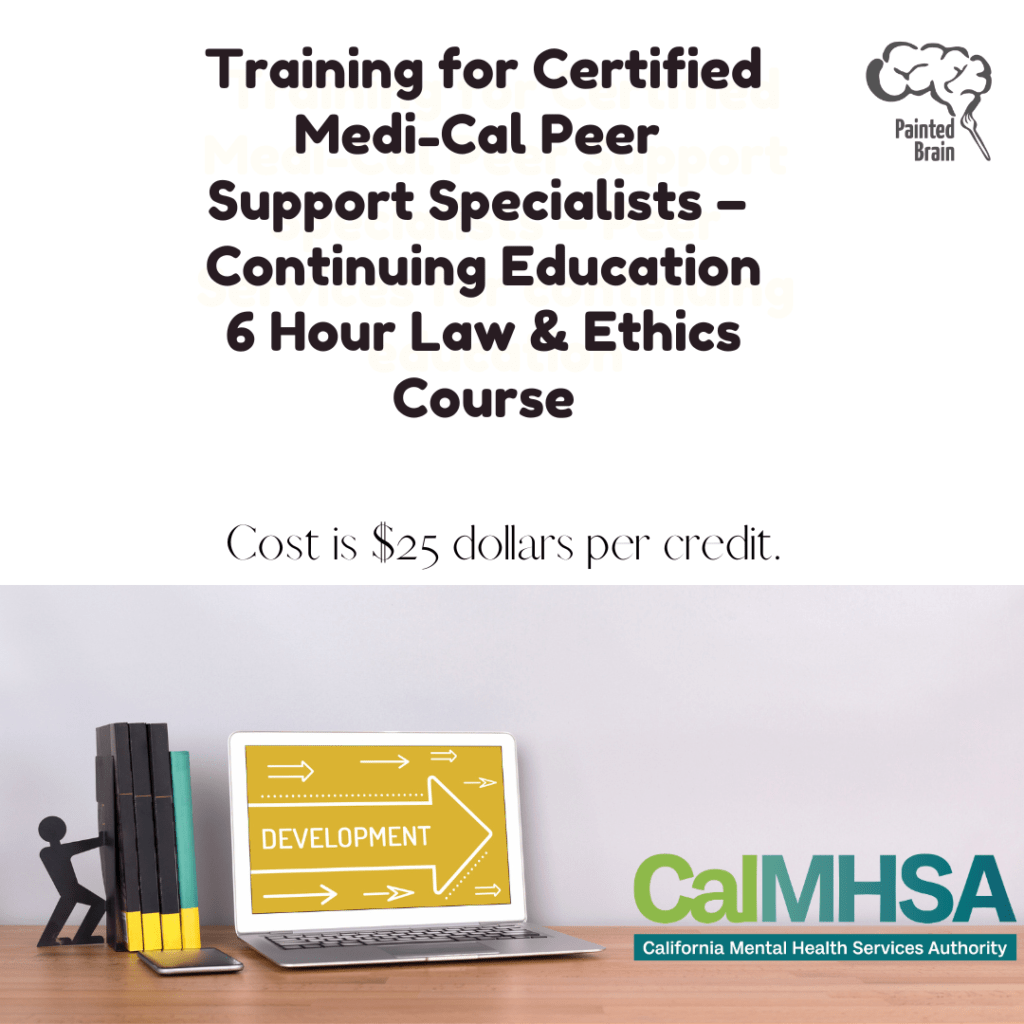When the burdens of life begin to accumulate or conflicts with others emerge, stress often follows like a shadow. This is why mastering the art of stress management and conflict resolution becomes crucial – it safeguards our mental well-being and also helps preserve the delicate fabric of our relationships.
Step 1: Take a Deep Breath
One of the simplest yet most effective methods to reduce stress is to take a deep breath. When a person feels stressed or confronts a conflict, the body goes into “fight or flight” mode. According to the American Institute of Stress, just taking a few deep breaths sends a message to the brain to calm down and relax. This, in turn, can lower the heart rate and reduce blood pressure.
Deep breathing creates a momentary pause, and this pause gives you the clarity to tackle stressful situations or conflicts without rash decisions or heated arguments. When you calm the mind and body, you set yourself up for better problem-solving and more constructive dialogues. Another truth tied to this is that it helps you avoid ‘operating out of emotions’ and stops you from saying things you might not truly mean, which is often the root cause of an argument. One of the best things you can do in such situations is to get some fresh air, go for a walk to literally ‘clear your mind’.

image by ![]() Andrea Piacquadio by pexels.com
Andrea Piacquadio by pexels.com
Step 2: Communicate Openly and Honestly
Healthy communication forms the backbone of resolving conflicts and managing stress. When conflicts arise, it’s easy to bottle up feelings or avoid the issue altogether. This, however, often makes things worse. Statistics from the American Psychological Association highlight that 50% of people experience stressful situations due to lack of communication.
When you address the issue head-on with open and honest communication, it creates space for understanding and empathy. It involves speaking about your feelings without attacking or blaming the other person and actively listening to their perspective. The secret is to clarify your intentions – let them know you’re not out to “get” anyone. This method makes it possible for both parties to feel heard and understood, which is when connection and trust happens.
Step 3: Seek Support
When you talk to someone – be it a friend, or a family member – who can lend an ear or offer advice, it allows you to offload some burden, feel supported, and gain new insights into handling the situation. The important thing here is to make sure that the person you confide in is ‘safe’. In other words, you don’t want to share your heart with someone unreliable or with whom you don’t share a deep connection. It has to be someone who’s going to create a safe space for you, in which you won’t be judged, simply listened to.
Also, it’s important to remember that in some cases, seeking professional help, such as help from a psychologist is the best option. They can help you see things clearly, understand the root of the conflict, and figure out the best way to handle it. They also offer an unbiased perspective, which can be very helpful when emotions are running high.
So the next time stress or conflict comes knocking, remember these three steps and watch the positive changes unfold.




